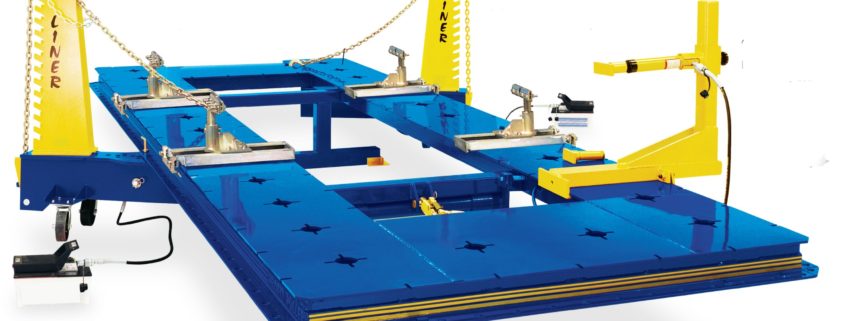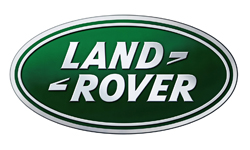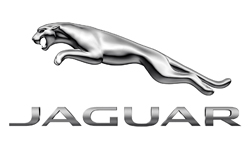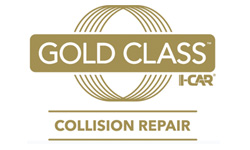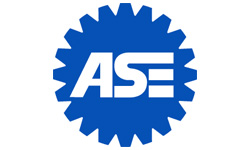Frame Measuring
There is a lot of advertising out there for new cars! You probably know more about the latest developments in the automotive industry than you think you do when it comes to consumerism. There are also a lot of changes going on deep inside new cars – all the way down to their frames.
But, as vehicles are equipped with more bells and whistles to help keep drivers safe and make cars more luxurious and more automated at the same time, this affects the collision repair industry, from the tools used to repair vehicles to the number of things that need to be checked. Ultimately, this can affect the price you or your insurance company pays to have your vehicle repaired following an accident.
What is a vehicle frame?
The vehicle frame is like its skeleton – it provides strength, stability, and flexibility, depending on the circumstances. Everything from the engine to the axle is held in place by the frame.
In the past, meaning throughout the 20th century, automobile frames were made primarily of steel. It’s strength and durability made it a top choice to hold new cars together. Today, as vehicles are made to be faster, lighter, and safer, new materials have been introduced. In addition to traditional steel, vehicles of the 21st century include aluminum, high strength steel, and carbon fiber.
Why are newer vehicle frames repaired differently than old ones?
There are two main reasons newer vehicles are repaired in a different way than old ones were.
First, newer frames require much more exact measurements than old ones did. Because newer vehicles are engineered to divert force in an accident away from the passenger, they include so many computers and sensors that old vehicles didn’t have, and they are built to meet such exact specifications, it really makes a huge difference if the measurements are off. In the 70s and 80s, measurements could be up to three or four millimeters off and it wouldn’t make a difference. Today, measurements need to be within one millimeter in order for all the parts to fit correctly and work safely.
Second, the materials with which newer vehicle frames are made require different kinds of support and force to mold them back into the correct and more precise shapes that today’s OEMs require.
Back in the 70s and 80s and throughout most of the 90s, vehicle frames were made of steel, which is so strong, it mostly required a lot of force to be put back into place. Today, frames require more support and less strength in certain areas to fit be put back in place. But, this also means they require more precise tools to mold them.

